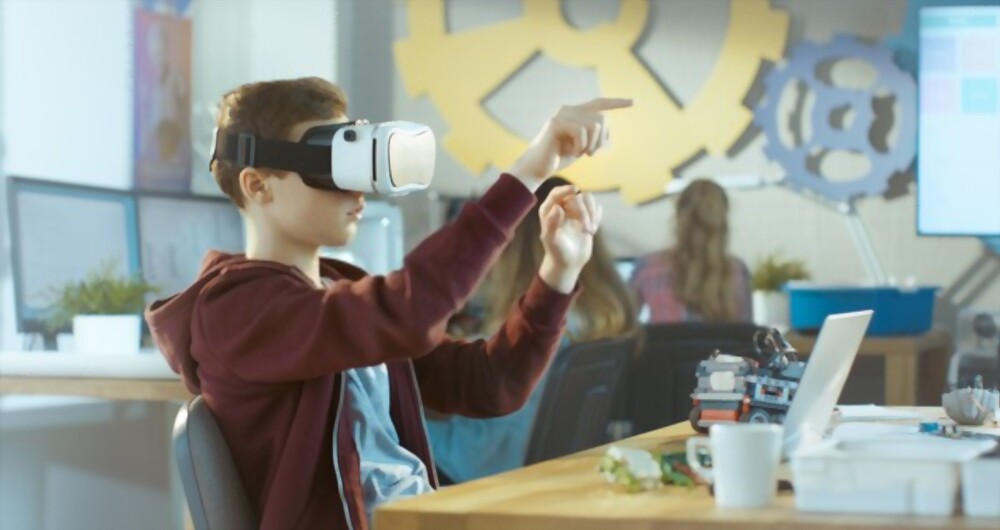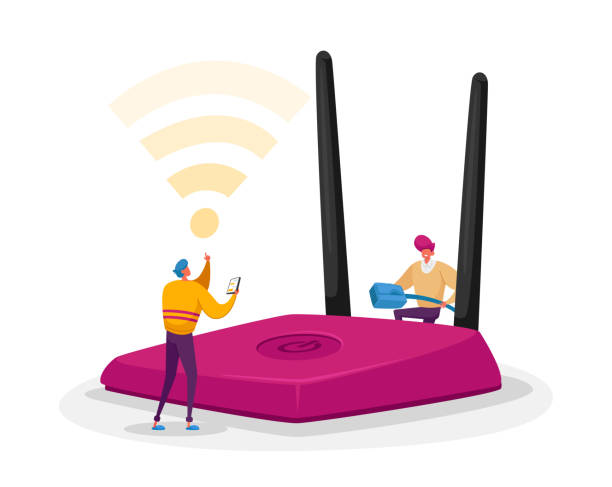What role does technology play in education? The COVID-19 epidemic serves as a stark reminder of why online education should be a critical component of teaching and learning. Teachers may utilize internet information as a solid instructional tool by incorporating technology into the current curriculum rather than treating it purely as a crisis-management tool. The successful use of digital learning technology in education may boost student engagement, assist instructors in improving lesson ideas, and allow individualized learning. It also helps pupils in developing critical 21st-century abilities.
Virtual classrooms, video, augmented reality (AR), robotics, and other technological tools may help to make the classroom more interactive. They may also help instructors gather data on student performance by creating more inclusive learning environments that stimulate cooperation and inquiry. After School Tuition has become necessary for pupils to cover their learning gaps, and online tuition in Birmingham might be beneficial. Online tutors in Birmingham may be helpful since the after-school program has become a must for pupils looking to close gaps in their knowledge. Due to various factors, a youngster may not receive enough attention. Therefore, parents often hire private tutors in Birmingham to help their children with their studies.
How Essential Is Technology In Education?
Teachers strive to increase student performance, and educational technology may help them. The instructors should be provided with the skills to use technology to enhance student learning to address these issues. Furthermore, using technology in education should simplify instructors’ tasks without adding to their workload.
Technology in education gives students convenient access to knowledge, accelerates their learning, and gives them enjoyable ways to put what they’ve learned into practice. It allows students to investigate various areas and better grasp complicated ideas, mainly STEM. Students may learn 21st-century technical abilities needed for future careers by utilizing technology inside and outside the classroom.
10 Ingenious Ways To Use Technology In Education
In every area of the economy, technology is producing tremendous changes. Fortunately, these changes will benefit the planet. Technology in education is one of the major industries that the disturbance has impacted. These technologies have given classrooms a new appearance and altered how teaching is delivered. The top 10 technological advancements generating substantial changes in education are listed below.
-
Multimedia Slideshow Presentations
Because of their repetitious information delivery, text-only slideshow presentations are outdated. Furthermore, slide shows are already a component of your teaching program. As a result, including a range of multimedia components into the performances has the potential to hold students’ attention for an extended period.
Here are some multimedia components that you may use in your classroom:
- Gifs of Colourful Images
- Several short video clips
- Graphs \Animations
- Tracks of Music
-
Machine Learning And Artificial Intelligence
Artificial intelligence may appear at all levels of technology in education, from the most basic to the most sophisticated. In schools, artificial intelligence (AI) helps automate critical tasks such as grading courses and giving feedback on areas that need development. Personalized learning aids help students, particularly those with special needs, customize their learning. Adaptive programs that cater to pupils’ particular requirements have arisen due to machine learning. AI tutors have devised a method for teaching pupils Maths and writing.
-
Education With Cloud Computing
Due to cloud computing technology in education, educational materials may be accessible globally. A school’s cloud terminal may store necessary materials, including textual lessons, audio lectures, videos, and assignments. Students may use these materials from the comfort of their own homes, complete the tasks, and return them to their tutors. There may end students’ flimsy excuses for not completing coursework. Using cloud computing will eliminate the hassle of carrying around stacks of books or living at the library. Students may also communicate with their tutors in real-time using this technology.
-
Give Your Students a Virtual Tour
Who doesn’t like going on field trips? With the advancement of technology in education, logistical concerns will no longer cancel visits. Virtual field trips may also use Google Cardboard to recreate a virtual field trip. Explore historical sites, examine natural occurrences, travel to a distant nation, and learn about history. Above all, engage your pupils and make them care about the subject matter.
-
Printing 3D Models
3D printers are already generating waves in the education industry, and children adore them. Content usually taught through textbooks may now be communicated using 3D models. Through this printing approach, children may better grasp something considered to be complicated. In higher educational institutions, 3D printing is utilised mainly by engineers and system designers to build prototypes for use in the development of final systems. 3D printing takes ideas and makes them tangible.
-
Implement Virtual Manipulatives
It’s challenging to visualise mathematical ideas. Virtual tools are more effective than physical manipulatives like base ten blocks, coins, and tangrams. They are a relatively new technology in the education model with a higher chance of being adopted. As a result, students may better learn complicated ideas by reinforcing mathematical principles using virtual manipulatives. As a result, using virtual manipulatives in the classroom is appealing and straightforward to hands-on learners.
-
Schools Using Biometrics
The school will no longer tolerate truancy or cheating! Biometric technologies in schools have aided in streamlining instruction and improving discipline. Schools have used biometric technologies such as facial recognition, fingerprints, voice recognition, and eye-tracking to simplify their operations. They help students borrow school property, such as books from the library, and monitor their attendance in class. In addition, teachers utilize eye-tracking techniques to see how kids process information.
-
Education And Social Media
The influence of social media on educational institutions has not gone unnoticed. Students were the original users of these social networking sites, which started on college campuses. Even in different countries, universities and institutions can communicate through social networking sites. They may have competitions, gatherings, and parties using these websites. Therefore, students from various schools utilise social media to share life-changing ideas.
-
Schedule Your Classes Online
Google Calendar technology in education allows you to build and share a class calendar. It keeps your pupils up to date on the class, its length, and important dates. As a result, sending your pupils the link to your calendar will be beneficial. In addition, this will also help you keep organised and ensure that students arrive prepared for each lesson.
-
Education And Virtual Reality (VR)
Virtual reality technology in education is already the trendiest thing in the IT industry. This technology prepares for a nasty battle between companies like Google, Sony, Oculus (supported by Facebook), Samsung, and others. One of the applications of virtual reality technology in teaching. Students may study by engaging with a 3D environment using virtual reality. Google has long used virtual reality to provide experiential learning to schools.
Conclusion
As a result of technology, we learn how to interact with the world. That is especially true in education, where teachers use various tools to create engaging learning experiences for their students. This blog post reviews 10 of the most innovative ways of using technology in education.
















![How to Fix [pii_pn_33004351a30a92ea] Error Code? [pii_pn_33004351a30a92ea]](https://www.techwebtopic.com/wp-content/uploads/2022/02/istockphoto-898443430-612x612-1-1.jpg)